- Home
- TV History
- Network Studios History
- Cameras
- Archives
- Viewseum
- About / Comments
Skip to content
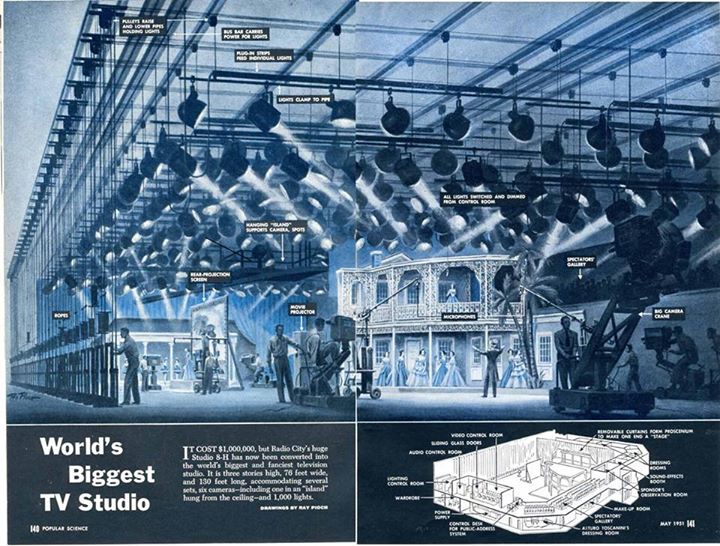





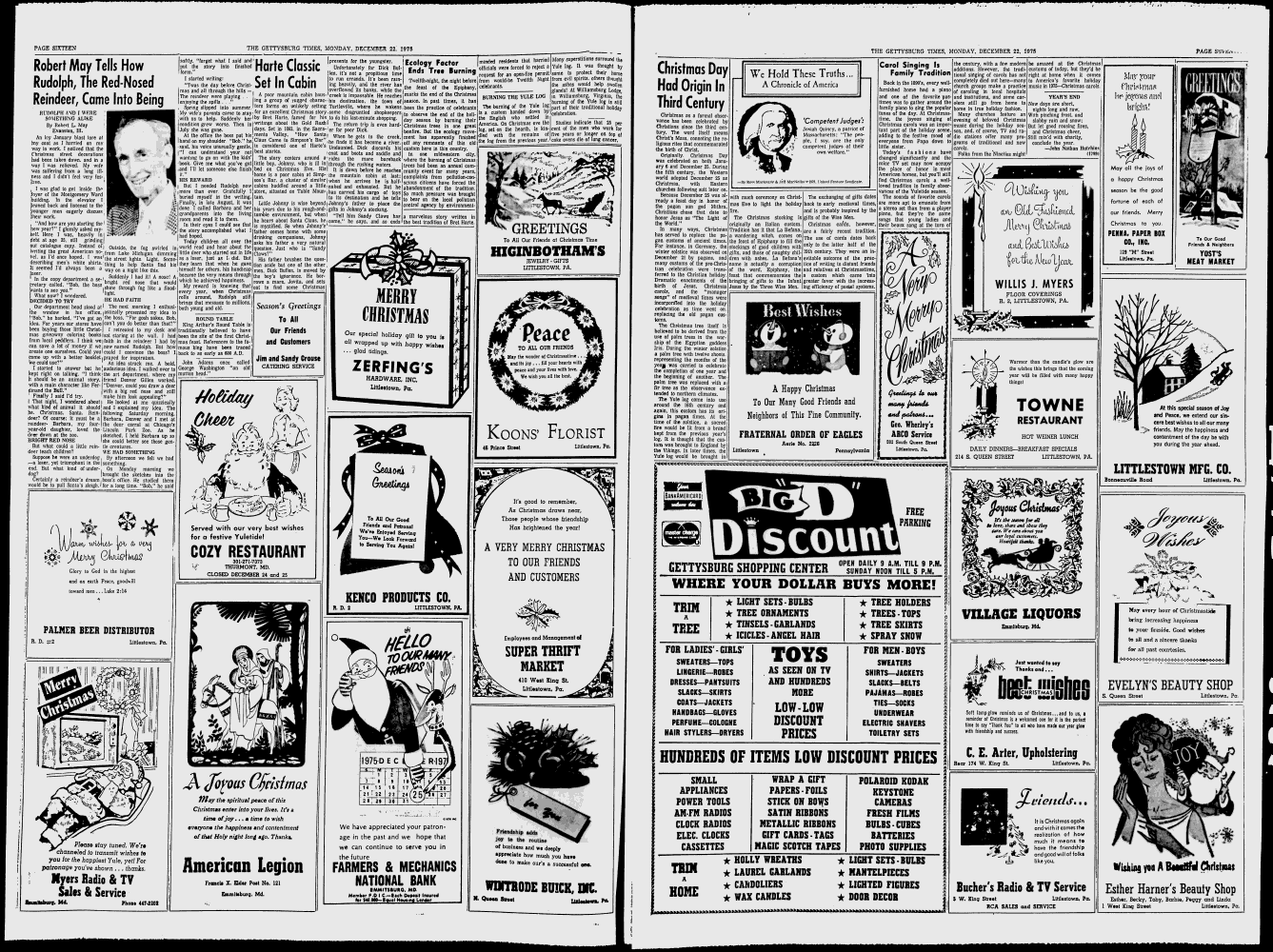

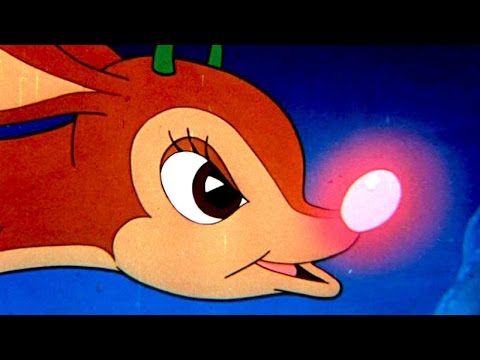

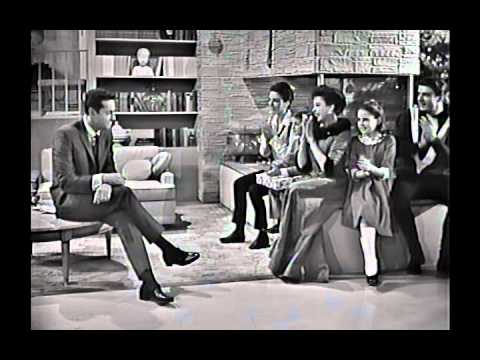

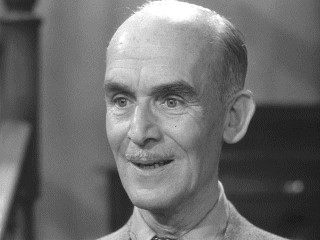

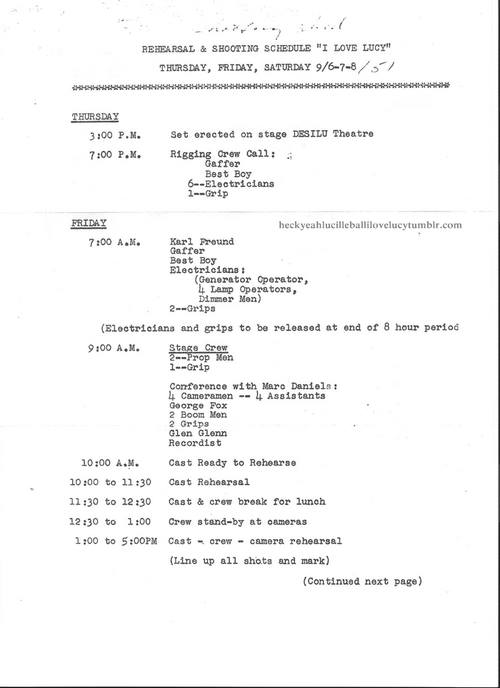

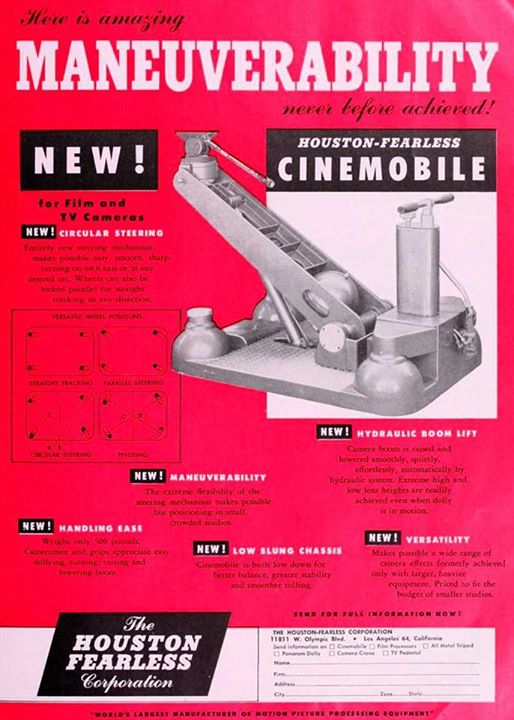

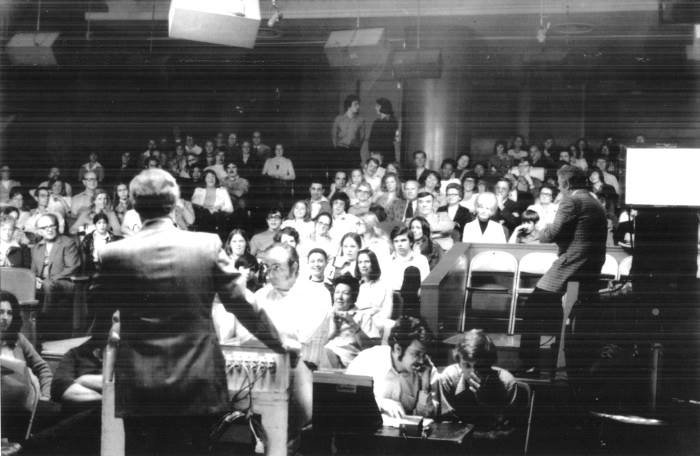



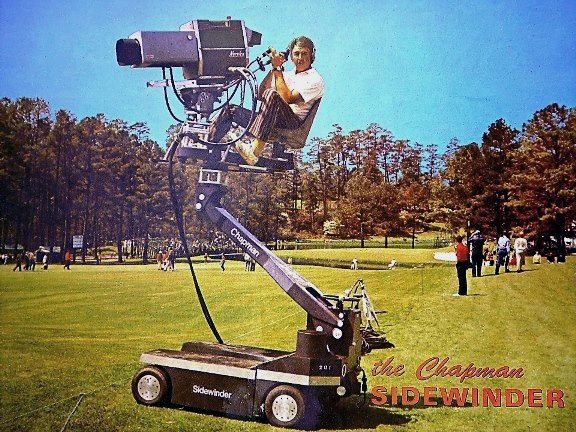

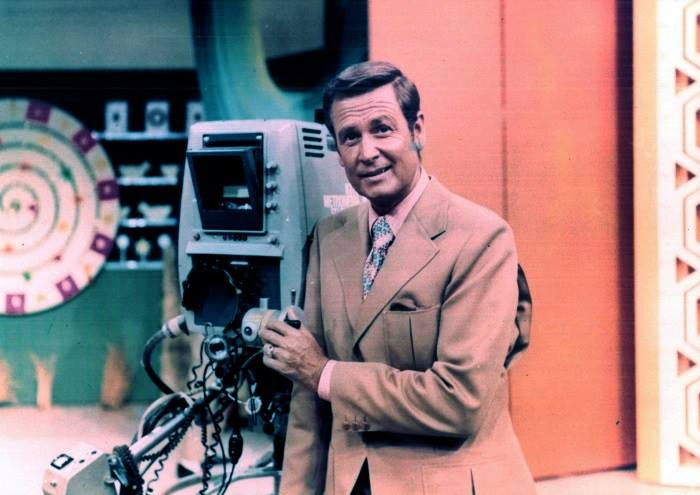

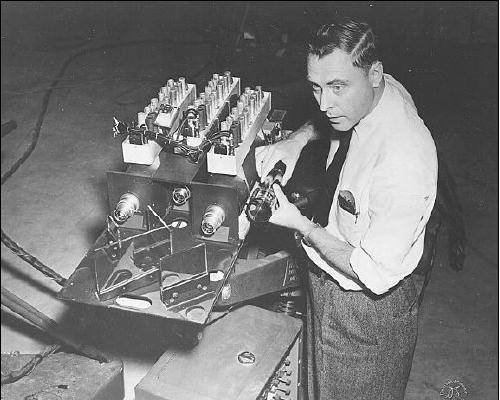

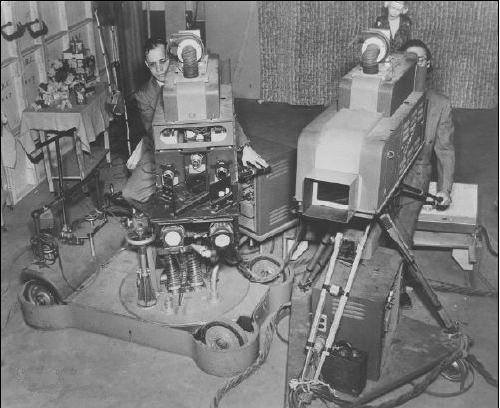



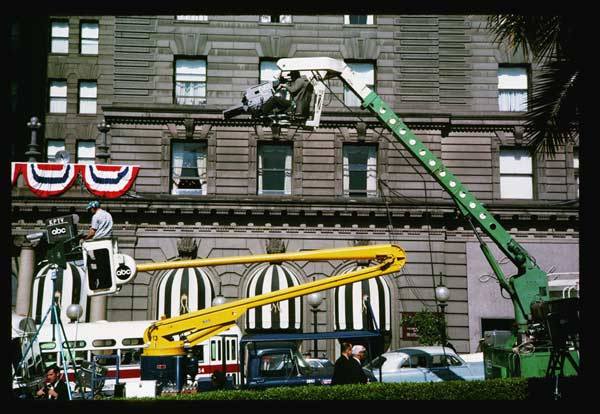



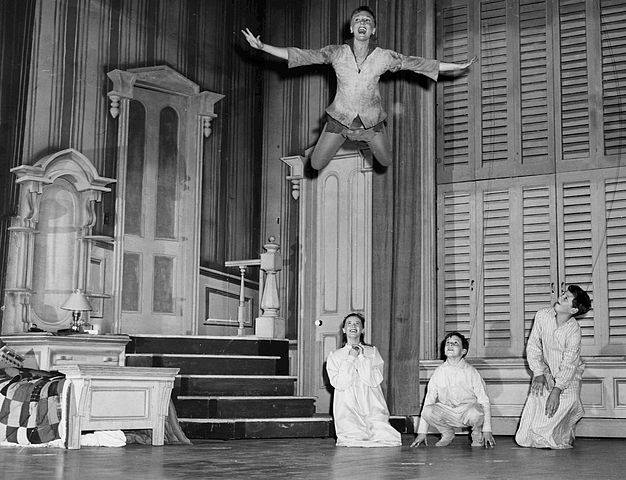

Posts in Category: TV History
Page 100 of 136
« Previous
1
2
3
4
5
6
7
8
9
10
11
12
13
14
15
16
17
18
19
20
21
22
23
24
25
26
27
28
29
30
31
32
33
34
35
36
37
38
39
40
41
42
43
44
45
46
47
48
49
50
51
52
53
54
55
56
57
58
59
60
61
62
63
64
65
66
67
68
69
70
71
72
73
74
75
76
77
78
79
80
81
82
83
84
85
86
87
88
89
90
91
92
93
94
95
96
97
98
99
100
101
102
103
104
105
106
107
108
109
110
111
112
113
114
115
116
117
118
119
120
121
122
123
124
125
126
127
128
129
130
131
132
133
134
135
136
Next » FANTASTIC! Take A Look…This is the entire April 1961 “Color Television Progress” Report
On December 26, 2013
- TV History
FANTASTIC! Take A Look…
This is the entire April 1961 “Color Television Progress” issue of RCA Broadcast News! It’s FULL of great stories and since many of you are off today, it’s the perfect time to take a look. Enjoy!
NBC Studio 8H, May 1951
On December 26, 2013
- TV History
NBC Studio 8H, May 1951
NBC Studio 8G was converted in 1948, but as NBC Radio’s largest studio, 8H was not converted till 1950. This image is from the May 1951 edition of Popular Science and had just changed it’s title from “America’s largest radio studio” to “America’s largest television studio”. Television was not new to 8H though…from 1947 and into 1948, ‘The Voice Of Firestone’ musical program was done from here with cameras controlled from 8G. Below in Comments is a photo from one of the Firestone shows.


The Norelco Shaver Christmas Commercials…Then & Now
On December 25, 2013
- TV History
The Norelco Shaver Christmas Commercials…Then & Now
http://www.youtube.com/watch?v=oUQycfgCjr0
The link above is to the original spot from the 60s, and below is the new version…both still done in stop action Claymation, but today’s have a bit of CGI help too. The voice from the 1960s through the early 2000s was the legendary Peter Thomas. These were as much a part of the holidays as anything to many of us.
Philips Norelco’s Santa is back. It’s been years since his last appearance, but this holiday season Santa is all about his new ride, the SensoTouch 3D. Learn…


One Of The First Christmas Specials For Kids, ‘The Spirit Of Christmas’
On December 25, 2013
- TV History
Remember This? One Of The First Christmas Specials For Kids
‘The Spirit Of Christmas’, first aired in 1953 and was sponsored by Bell Telephone. The holiday special was produced by puppeteer Mabel Beaton, who started performing marionette shows for her community in a make-shift theater during the 1930s. By the late 40s, she decided to elevate her puppeteering career by creating filmed marionette programs. She got lucky with her first try when she presented her half-hour Christmas special, ‘The Spirit of Christmas’, to The Bell Telephone Company. The president enthusiastically green-lit the show as their 1953 Christmas special, and it became their holiday show for the next several years during the 50s.
The special is split into two segments, the first being a presentation of Clement C. Moore’s poem, ‘Twas the Night Before Christmas’. The second segment portrays the story of the birth of Christ. Ms. Beaton maintained that her forte was with serious material, but the Santa Claus story at the beginning of the show was her concession to the commercial appeal of secular Christmas stories. If the narrator’s voice sound familiar, it should. It’s Alexander Scourby, the voice of ‘Victory At Sea’ and many biblical presentations. on DVD!
The True Story Of “Rudolph The Red Nosed Reindeer”
On December 25, 2013
- TV History
The True Story Of “Rudolph The Red Nosed Reindeer”
This news article was written by Robert May…the man who wrote the book for Montgomery Ward. This is quite a touching story. What is not mentioned here is that in the months that it took to write it, he was raising his 4 year old daughter almost alone as his wife was dying of cancer. The link should take you to a close up of the story which is in the top left corner and accompanied by a photo of Mr. May. Enjoy!
http://news.google.com/newspapers?id=a4YlAAAAIBAJ&sjid=wfIFAAAAIBAJ&pg=1023,722492


‘Rudolph The Red Nosed Reindeer’ 1944/1948
On December 25, 2013
- TV History
‘Rudolph The Red Nosed Reindeer’ 1944/1948
This cartoon from Max Fleischer Studios is thought to be the first ever, animated depiction of the original story written by Robert May in 1939. This was released in theaters in December of 1944, but the now famous song was not written until 1947. In ’48 the song, first recorded by Gene Autry, was added and the cartoon re released.


Judy Garland Christmas Special…1963
On December 21, 2013
- TV History
Judy Garland Christmas Special…1963
From Studio 43 at CBS Television City, here’s the whole on hour special complete with commercials and notice how FEW there were back then, only 8 minutes per hour. I think this was shot with their new Marconi Mark IV b/w cameras. Enjoy!
http://www.youtube.com/watch?v=WzCL3FM9dDc
In this charming live holiday TV special Judy is joined by her children, Liza Minnelli and Lorna and Joey Luft, and guest stars Jack Jones and Mel Torme. The…
Fred Mertz? Almost…
On December 20, 2013
- TV History
Fred Mertz? Almost…
This is James Gleason who you may remember best for his roll in the classic, ‘Here Comes Mr. Jordan’. He also co wrote ‘The Broadway Melody’, the second film to win the Academy Award for Best Picture. Gleason worked with Lucille Ball on ‘Miss Grant Takes Richmond’ in 1948 and when it came time to cast ‘I Love Lucy’, she suggested Gleason and Gale Gordon for the roll of Fred Mertz. Both had commitments at the time and were not available for the first few shows and that’s when William Frawley won the roll of Fredrick Hobart Mertz.
First Episode ‘I Love Lucy’ Shooting Schedule
On December 18, 2013
- Archives, TV History
Although this episode was the 4th to air in season 1, it was actually the first regular episode ever shot. Posted here is the first of the two page schedule with the second page below in Comments. Rehearsals stared on Thursday and the show was filmed at 8PM on September 8, 1951. The show title is “Lucy Thinks Ricky Is Trying To Murder Her”. Here’s a snippet from that episode.
A Rare Piece Of Equipment..The ‘Cinimobile’…
On December 18, 2013
- Archives, TV History
This is an ad for the Houston Fearless ‘Cinimobile’ hydraulic dolly. Last week I posted a photo of one of the few that are still around…I think there’s one in Ohio and one in Germany. This is probably an item introduced in the late 60s for film and television. There’s another photo from the users manual below in the Comments section.
Jeopardy! : A Fred Westbrook Photo
On December 17, 2013
- TV History
Jeopardy! : A Fred Westbrook Photo
This is another shot of the show from NBC Studio 6A. The show’s host, Art Fleming has his back to us at one of the producers does a pre show warm up with the audience. This was quite likely a three or four camera show, no matter where it came from…6A or 8G. NBC moved shows around quite a bit from season to season depending on their production loads. Over it’s long run (’64-’75) at NBC, I think 8G was more home base for Jeopardy! than 6A. The camera is an RCA TK44.
‘Scrooged’…A Funny Secret!
On December 17, 2013
- TV History
‘Scrooged’ Paramount Pictures, 1988
I’ll bet you never recognized all four of the street carolers insulted by Bill Murray…I didn’t either. The leader is Paul Shaffer and the others are Miles Davis, David Sanborn and Larry Carlton, three of the biggest names in jazz. The names of the Christmas television shows from the IBC Network, of which clips were shown were “Scrooge”, “Father Loves Beaver”, “The Night the Reindeer Died” and “Bob Goulet’s Old Fashioned Cajun Christmas”. The network’s promotional slogan for these TV shows was “Yule Love It!”. Sam Kinison was originally slated to play the part of The Ghost of Christmas Past but the part eventually went to David Johansen due to his friendship with Bill Murray. The cameras were RCA TK44s.
The Chapman Sidewinder
On December 17, 2013
- TV History
The Chapman Sidewinder
This little workhorse debuted in the 70s and with it’s 6 foot riser arm could get a camera lens 9 feet high and the arm could go all the way to floor level. It can crab and dolly too. You see more of these on the west coast than the east for some reason and ABC seemed to use them a lot at the Prospect studios. Looks like a fun ride. The camera is a Norelco PC60.
‘Truth Or Consequences’: A Fred Westbrook Photo
On December 15, 2013
- TV History
‘Truth Or Consequences’: A Fred Westbrook Photo
Did you know this was the first game show ever to air on television? It’s true! ‘Truth or Consequences’ aired as a one-time experiment on the first day of New York station WNBT’s commercial program schedule on July 1, 1941. It was hosted by Ralph Edwards who created and hosted the game in 1940 on NBC radio. The show did not appear on TV again until 1950, when CBS debuted the show which ran there till ’54. NBC picked up the show and did it from Burbank and on On January 22, 1957, the show became the first program to be broadcast in all time zones from a prerecorded videotape; this technology, which had only been introduced in 1956, had previously been used only for time-delayed broadcasts to the West Coast. In 1966, ‘Truth or Consequences’ became the first successful, non network, daily game show in first-run syndication having ended its NBC run one year earlier. This version continued through 1974. The show was done from Metromedia’s studios in Los Angeles. Three years later, in the fall of 1977, a syndicated revival titled ‘The New Truth or Consequences’ premiered. Because Bob Barker was unavailable, due to his work on the daytime and nighttime versions of ‘The Price is Right’, he was replaced by Bob Hilton but this version did not click in the ratings, and was cancelled after a single season.
Inside The First RCA Experimental Color Cameras
On December 14, 2013
- TV History
Inside The First RCA Experimental Color Cameras
This is Richard C. Webb, designer of the first simultaneous, all-electronic color camera with the Wardman Park dolly mounted camera (as seen in the photo below) with it’s chassis and viewfinder removed. At the front of the cameras is the early optical system of dichroic mirrors bouncing the incoming image to one of three Image Orthicon tubes. I think the lenses are all 35mm. The center lens feeds the green channel, the right lens feeds the red channel and the left lens feeds the blue channel. In the next generation of experimental color cameras, the “coffin cameras” (which we’ll cover tomorrow) have added a turret of lenses and moved the optics inside along with some of the outboard equipment seen in these photos. It’s a shame that none of these, or the coffin cameras are left.
RCA’s First Experimental Color Television Cameras
On December 14, 2013
- TV History
RCA’s First Experimental Color Television Cameras
Shown here are the first two RCA color cameras made. The photo was taken at NBC/RCA’s Wardman Park Studio in Washington DC around 1949. The camera on the left has the lens cowl removed and notice that the color splitting mirrors are mounted in front of the fixed lenses. Although the b/w RCA TK10 and TK30 had come to market in 1946 with turret lenses, this camera was not quite ready for that yet and, as with the old Iconoscope cameras, had to dolly in and out to get close ups or long shots.
In late 1950, these cameras were basically abandoned when RCA moved color testing to NBC Studio 3H in New York. The Washington color veterans were sent there, but these cameras went back to Princeton. The new experimental color cameras in 3H were the black “coffin cameras” which had the first hint of the now famous rounded viewfinder. Color tests began in 3H in early 1951 and stayed there till early ’53 when the Colonial Theater came into service with the prototype RCA TK40s. Enjoy and share! -Bobby Ellerbee


WOW! 3 Top Song Writers On Merv’s First Show…Ultra Rare Clip!
On December 13, 2013
- TV History
What A HOOT! You MUST See This!
Take 5 minutes to watch this ULTRA RARE clip. This is Merv Griffin’s first TV show ‘Play Your Hunch’, but the GUESTS…WOW! Three of the biggest song writers of the day (early ’60s) and you’ll be stunned at what their songs were, even then! You know them all well! ENJOY!
http://www.youtube.com/watch?v=Ceb4OY6_24c
JERRY LEIBER, BURT BACHARACH and NORMAN GIMBEL appear in this rare segment of PLAY YOUR HUNCH with MERV GRIFFIN.
1964, Republican National Convention, San Francisco
On December 13, 2013
- TV History
1964, Republican National Convention, San Francisco
Great shot of the Marconi Mark IV in it’s suspended bucket with a couple of RCA TK11/31s on in front of the Mark Hopkins Hotel. The ABC cameras have been brought in from KPTV in Portland, OR. Back then, ABC, CBS and NBC would bring in a total of 50 or more big cameras to cover these events, even though they would pool coverage of the convention itself. NBC had a few hand helds, but it would be ’68 before the portable/backpack cameras (mostly Norelco PCP70s) started showing up.


‘The Red Skelton Show’: CBS Television City, Studio 33
On December 12, 2013
- TV History
‘The Red Skelton Show’: CBS Television City, Studio 33
This photo from dress rehearsal on January 15, 1957, the first show he had done in several weeks after learning that his 9 year old son, Richard, had leukemia. On December 1, I posted here about how CBS moved their color cameras around in Television City. This is another example of the how and when the TK41s from Studio 41 were brought to Studio 33 (using the Studio 41 control room). From 1955-1960, Skelton’s was the show most color cast on CBS with 100 episodes done in color. By 1960, CBS no longer manufactured television sets (unlike its rival NBC’s parent company, RCA) and pulled the plug on colorcasts. With the exception of a few specials, and the self produced shows Skelton did in color from his own facility in ’61 and ’62, CBS would not colorcast again on a regular basis until the 1965-66 fall season. I think the “woman/wife” here is Mickey Rooney in drag with Paul Wenchel and Jerry Mahoney as hosts of the a show then on CBS called ‘Do You Trust Your Wife’, which later became ‘Who Do You Trust’ when it, and a freshly fired CBS talent named Johnny Carson, moved to ABC in New York with Johnny as host.
‘Peter Pan’, One Of The First NBC Color Spectaculars
On December 12, 2013
- TV History
‘Peter Pan’, One Of The First NBC Color Spectaculars
The first president of NBC Television was Pat Weaver. He came from NBC radio and was the man that created ‘Today’, ‘Tonight’, ‘Monitor’ on NBC radio, and “spectaculars”. Many of the spectaculars were done by Fred Coe under ‘The Producers Showcase’ umbrella and were all in color to help promote RCA’s line of color sets. ‘Peter Pan’ had been a Broadway show starring Mary Martin and when it was learned that the show was ending, Weaver decided to do a television version with the same cast. After several months of preparation, ‘Peter Pan’ was presented by ‘The Producers Showcase’ live from NBC’s Brooklyn Studios on March 7, 1955. The show was in color and used 6 RCA TK41s and both studios. Studio 1 was home to interior sets and Studio 2 was where the external scenes were done. The two hour production garnered 65 million viewers, but very few color sets were in use then. Unfortunately, video tape had not been invented yet and there was only a black and white kinescope of the show. The ratings were so good that NBC decided did the whole show again live on January 9, 1956. Again, a huge audience but no color capture of the show for rebroadcast was possible yet. Interest from the public and sponsors to broadcast the show again the next year was there, but without a way to capture it in color, NBC balked. By 1960, color video tape was reliable enough to handle the task, so on December 8 of that year, ‘Peter Pan’ starring Mary Martin and Cyril Ritchard was produced live in Brooklyn for the third time in five years. The video tape with only a few slight edits was re broadcast in 1963, 66, 73, 89 and 1990. Disney now owns the master tape. Thanks to John Bolin for the reminder to cover this ground.
Page 100 of 136
« Previous
1
2
3
4
5
6
7
8
9
10
11
12
13
14
15
16
17
18
19
20
21
22
23
24
25
26
27
28
29
30
31
32
33
34
35
36
37
38
39
40
41
42
43
44
45
46
47
48
49
50
51
52
53
54
55
56
57
58
59
60
61
62
63
64
65
66
67
68
69
70
71
72
73
74
75
76
77
78
79
80
81
82
83
84
85
86
87
88
89
90
91
92
93
94
95
96
97
98
99
100
101
102
103
104
105
106
107
108
109
110
111
112
113
114
115
116
117
118
119
120
121
122
123
124
125
126
127
128
129
130
131
132
133
134
135
136
Next »